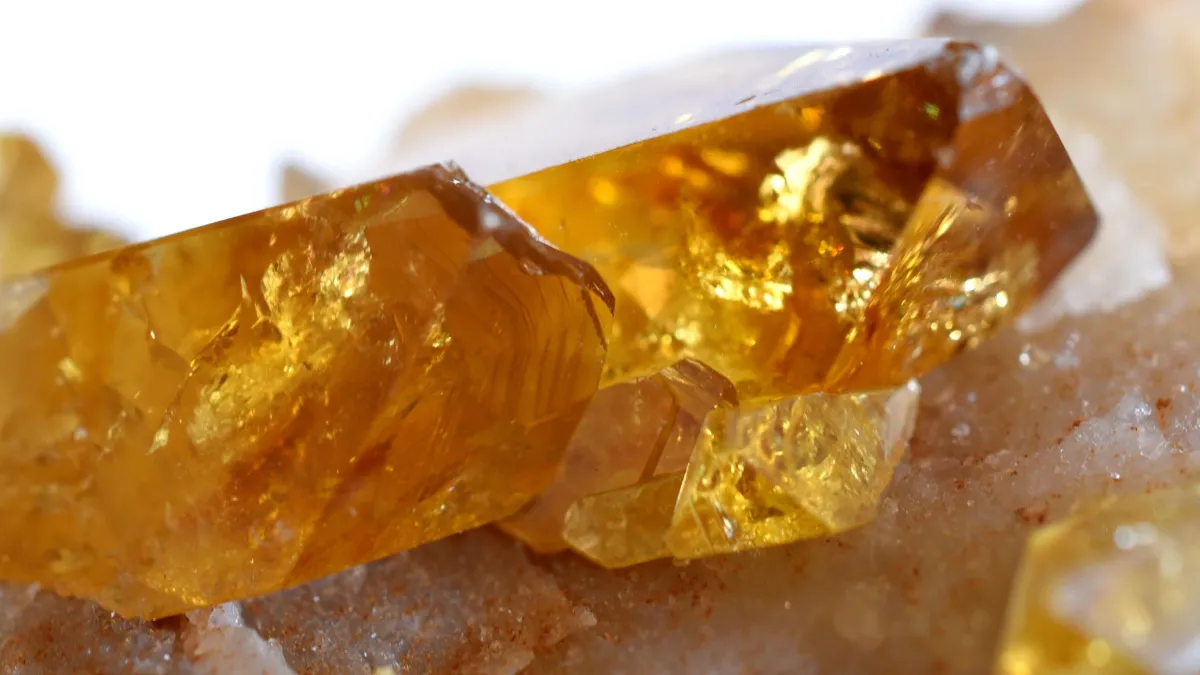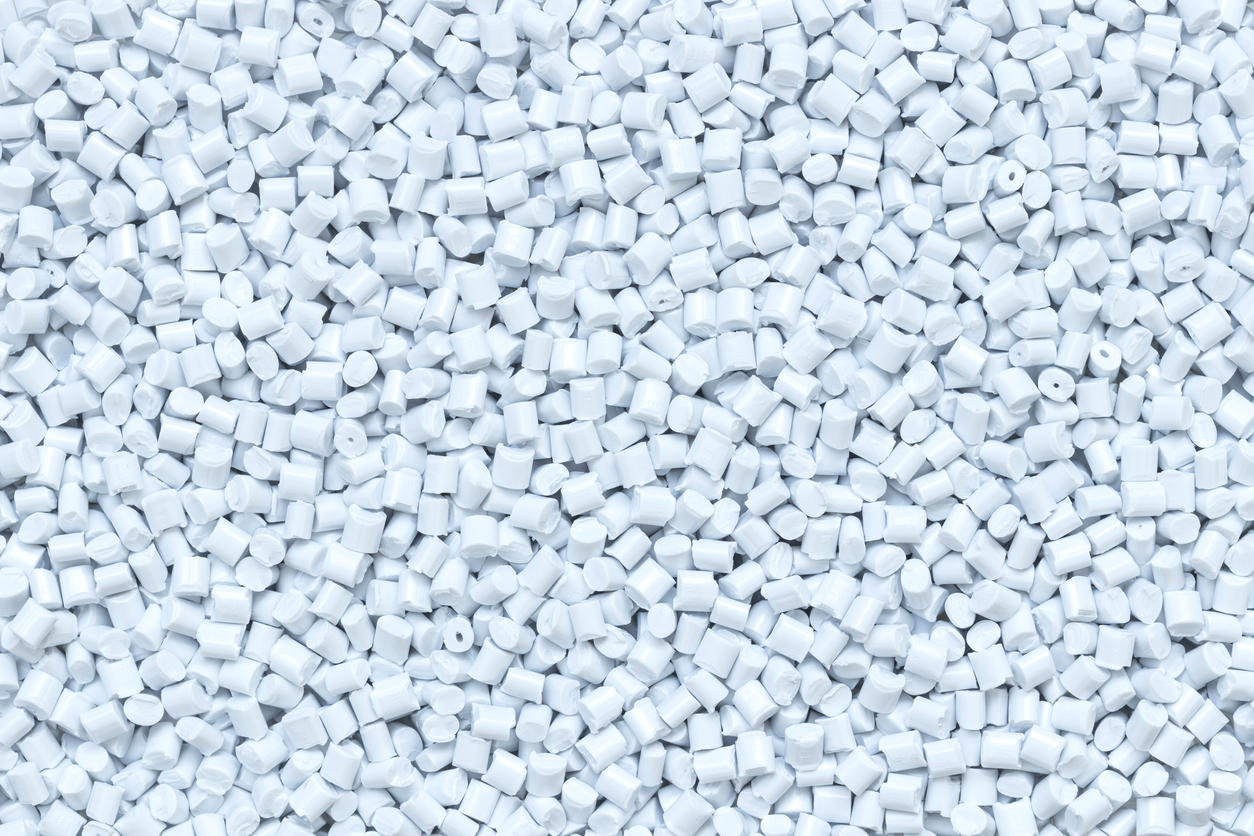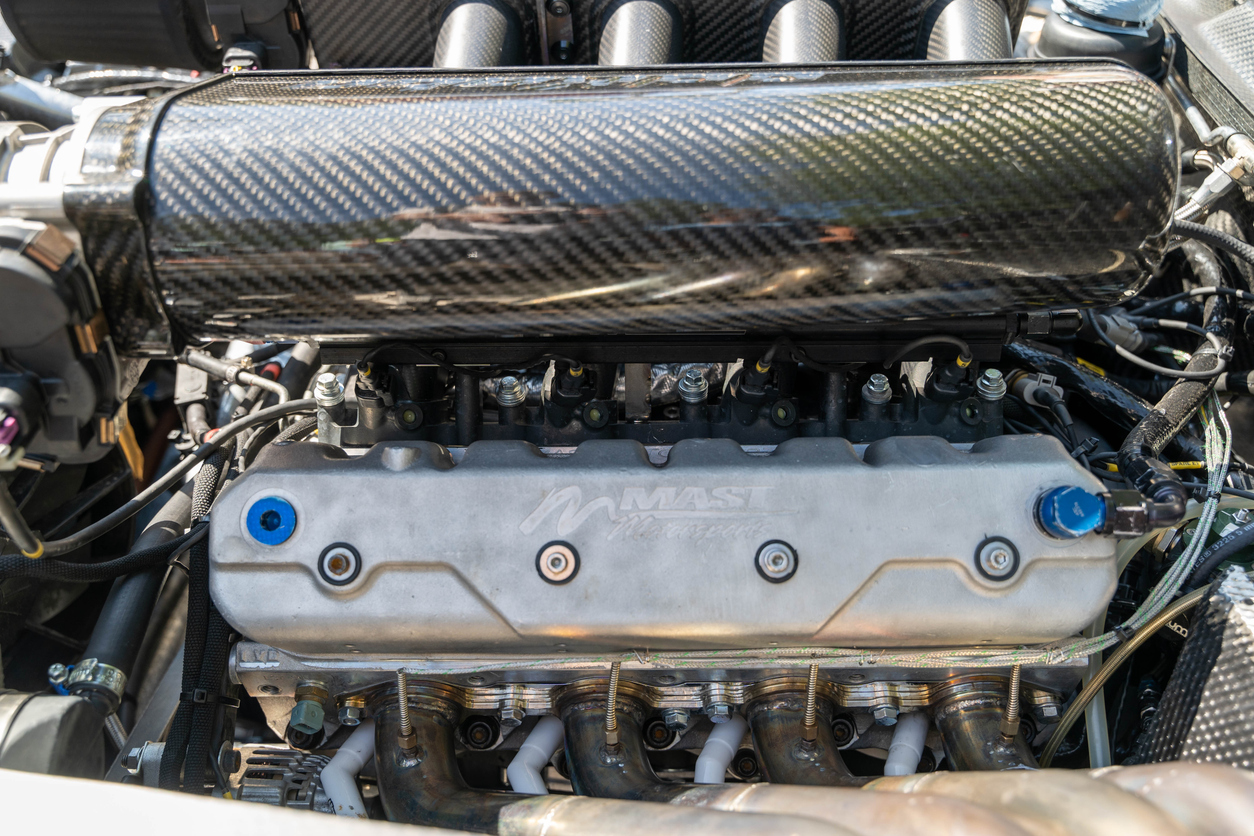Heliodort Gemstone: A Rare and Precious Find in the World of Gemstones
Heliodort Gemstone: A Rare and Precious Find in the World of Gemstones
Welcome to the dazzling world of gemstones, where beauty meets rarity. Today, we are thrilled to unveil a true hidden treasure – the Heliodort gemstone. This extraordinary jewel has captivated gemstone enthusiasts and collectors alike with its breathtaking allure and undeniable mystique. Join us on this exhilarating journey as we unravel the secrets behind this rare find and delve into its fascinating history, properties, and significance in the realm of precious stones. Prepare to be enchanted by the ethereal glow of Heliodort – a true testament that some treasures are meant to be discovered only by those who dare to venture beyond the ordinary!
Introduction to Heliodort Gemstone and its significance in the world of gemstones
Introduction:
Heliodort gemstone, also known as golden beryl or yellow emerald, is a rare and precious member of the beryl mineral family. Its name derives from the Greek words “helios” meaning sun and “doros” meaning gift, symbolizing its vibrant golden hue. This beautiful gemstone has been revered since ancient times for its stunning color, impressive durability, and spiritual significance. In this section, we will explore the fascinating history, characteristics, and significance of Heliodort in the world of gemstones.
History:
The history of Heliodort dates back to ancient times when it was believed to be a talisman of power and protection. It was highly prized by ancient cultures such as the Egyptians, Greeks, Romans, and Persians who associated it with their respective deities – Ra (sun god), Apollo (god of light), Sol (sun god), and Mithras (god of sun). These civilizations believed that wearing Heliodort would bring wealth, success, and good health to its wearer.
Characteristics:
Heliodort is a type of beryl mineral that belongs to the same family as emerald and aquamarine. It has a hardness rating of 7.5-8 on the Mohs scale which makes it relatively durable for everyday wear. The most sought-after characteristic of Heliodort is its intense golden-yellow color which ranges from light lemony hues to deep amber tones.
History and origins of Heliodort Gemstone
The Heliodort gemstone, also known as the golden beryl, is a rare and precious find in the world of gemstones. Its name comes from the Greek words “helios” which means sun and “doros” which means gift, reflecting its radiant golden color.
The history of heliodort can be traced back to ancient civilizations such as Egypt and Greece. It was believed to have been used in jewelry by Cleopatra herself. The Egyptians considered it to be a symbol of power and abundance due to its brilliant sunshine-like hue.
In ancient Greece, heliodort was associated with Apollo, the god of sun and light. It was believed that wearing this gemstone would bring protection, wisdom, and clarity to the wearer’s life.
During the Middle Ages, heliodort lost its popularity due to the rise of other gemstones such as diamonds and rubies. However, it made a comeback in the 19th century when mines were discovered in Brazil.
Today, heliodort is primarily found in Brazil but can also be sourced from countries like Madagascar, Namibia, Nigeria, Afghanistan, Pakistan, and Russia.
The mining process for heliodort is quite challenging due to its remote locations and rugged terrain. Miners often have to trek through treacherous mountainsides to reach deposits of this precious stone. This adds to its rarity and makes it highly coveted by collectors.
Heliodort belongs to the same family as emeralds and aquamarines –
Characteristics and properties of Heliodort Gemstone
Heliodor gemstone, also known as golden beryl, is a rare and precious variety of the mineral beryl. It derives its name from the Greek words “helios” meaning sun and “doron” meaning gift, due to its striking yellow color resembling the warmth and radiance of the sun. This gemstone has been prized for centuries for its beauty and unique properties.
Color:
The most notable characteristic of heliodor gemstone is its vibrant yellow color. Ranging from pale yellow to deep golden hues, this gemstone’s color is caused by traces of iron in its crystal structure. The intensity and saturation of the color may vary depending on the amount of iron present in each stone. In some cases, heliodor may also display green tones due to traces of chromium.
Clarity:
Heliodor gemstones are known for their exceptional clarity, with minimal inclusions visible to the naked eye. This makes them highly desirable for use in jewelry as they have a clear and transparent appearance that allows light to pass through easily.
Hardness:
On the Mohs scale of mineral hardness, heliodor ranks at 7.5 – 8 which makes it a durable gemstone suitable for everyday wear. However, despite its good hardness rating, it is still recommended to handle heliodor with care as it can be prone to chipping or fracturing if subjected to sharp blows or extreme temperature changes.
– Color variations
Color variations are a defining characteristic of the Heliodort gemstone, making it stand out among other gemstones in the world. The name “Heliodort” is derived from two Greek words, “helios” meaning sun and “doros” meaning gift, which perfectly encapsulates the vibrant and warm colors that this gemstone possesses.
The most common color of Heliodort is a rich golden yellow, reminiscent of the sun’s rays. This intense hue is caused by iron impurities within the crystal structure of the stone. However, there are also several other color variations that can be found in this gemstone, each with its own unique charm and beauty.
One such variation is the pale yellow or lemon-colored Heliodort. This shade is often described as delicate and soft, giving off a subtle yet alluring glow. It is believed that this lighter shade of yellow represents positivity, creativity, and intellect.
Another stunning variation of Heliodort is its greenish-yellow color. This hue is caused by traces of chromium and vanadium present in the stone’s composition. The combination of these elements creates a mesmerizing play of colors within the stone, ranging from lime green to olive green tones. This particular shade symbolizes growth, prosperity, and abundance.
In addition to these primary colors, Heliodort also exhibits secondary hues such as orange-brown and reddish-brown. These shades are less common but equally captivating when set in jewelry pieces.
– Durability and hardness
Durability and hardness are two important factors to consider when choosing a gemstone, as they determine the stone’s ability to withstand wear and tear over time. The Heliodor gemstone is known for its exceptional durability and hardness, making it a highly sought-after gem by both jewelry enthusiasts and collectors alike.
One of the main reasons for the durability of Heliodor is its high level of hardness on the Mohs scale. This scale measures a mineral’s resistance to scratching, with diamonds being the hardest at 10 and talc being the softest at 1. Heliodor typically ranks between 7.5-8 on this scale, putting it in the same category as other popular gemstones such as emeralds and aquamarines.
The hardness of Heliodor can be attributed to its chemical composition. It is a variety of beryl, which also includes other well-known stones like emerald and morganite. Beryl has a unique crystal structure that allows it to form extremely durable bonds between its atoms, resulting in a strong and resilient gemstone.
In addition to its impressive hardness, Heliodor also has excellent toughness. Toughness refers to a stone’s ability to resist breakage or chipping under pressure or impact. Despite its high level of hardness, some gems may still be prone to breaking if they have weak internal structures or fracture easily. However, Heliodor has been found to have exceptional toughness due to its dense crystalline structure.
– Rarity
Rarity is a key factor that contributes to the value and desirability of any gemstone, and Heliodor is no exception. This stunning yellow gemstone is known for its rarity, making it a highly sought-after stone among collectors and gem enthusiasts.
One of the main reasons for the rarity of Heliodor is its limited supply. This gemstone can only be found in a few locations around the world, including Brazil, Namibia, Afghanistan, and Russia. In fact, the highest quality Heliodors are mainly sourced from Brazil and Namibia. These gems are usually found in small pockets within granite rocks or alluvial deposits.
Another reason for the rarity of Heliodor is its unique color. While yellow gemstones are not uncommon in the world of gemstones, finding one with such a vivid and intense color as Heliodor is quite rare. The vibrant golden hue of this gemstone has led to it being commonly referred to as “Golden Beryl,” which adds to its allure.
Furthermore, certain qualities of Heliodor make it even more scarce than other yellow gemstones. For example, this stone often exhibits excellent clarity with minimal inclusions or flaws. This makes it incredibly valuable for jewelry purposes as it allows for maximum light reflection and enhances its overall beauty.
Mining process of Heliodort Gemstone and its journey to market
Mining process of Heliodort Gemstone:
The mining process for Heliodort gemstones is a complex and intricate one, involving several stages and techniques. The journey from the depths of the earth to the market is a fascinating one, filled with challenges, hard work, and dedication.
1. Exploration:
The first step in the mining process of Heliodort gemstones begins with exploration. This involves identifying potential locations where these gemstones may be found. Geologists use advanced technology such as satellite imagery and geophysical surveys to pinpoint potential areas for mining.
2. Mining site preparation:
Once a location has been identified, the next step is to prepare the mining site for excavation. This involves clearing vegetation, removing topsoil, and constructing access roads to facilitate transportation of equipment and materials.
3. Extraction:
The actual extraction of Heliodort gemstones from their natural habitat takes place in two ways – open-pit mining or underground mining.
Open-pit mining involves using heavy machinery such as excavators and bulldozers to remove layers of soil and rock until the gemstone-bearing ore is reached.
Underground mining requires miners to dig tunnels into the earth’s surface using specialized drilling equipment.
4. Sorting and grading:
After extraction, the rough gemstones are sorted based on their size, shape, color, clarity, and other characteristics that determine their value. Skilled workers carefully examine each stone by hand to ensure only high-quality gems make it through this stage.
– Partnerships with trusted miners
Partnerships with trusted miners are crucial in the world of gemstones, and this is especially true for a rare and precious stone like Heliodort. As with any other gemstone mining industry, there are ethical concerns surrounding the extraction and trade of Heliodort gemstones. In order to ensure that these stones are sourced responsibly and sustainably, it is essential to have partnerships with trusted miners.
At its core, a partnership with trusted miners means establishing relationships with those who mine Heliodort gems in an ethical and sustainable manner. This involves working closely with local communities and small-scale miners who have a deep understanding of the land they work on. These partnerships not only benefit the local economy but also promote responsible mining practices.
One of the primary reasons why partnerships with trusted miners are important for Heliodort is because it ensures fair labor practices. By working directly with miners rather than through middlemen or large corporations, we can guarantee that the individuals involved in mining these gems are treated fairly and receive fair wages for their work. This also helps to prevent exploitation or forced labor in the mining process.
Moreover, partnering with trusted miners allows us to have greater control over the sourcing process. We can ensure that environmental regulations are followed, such as minimizing damage to ecosystems during extraction and using safe methods for processing the stones. By working closely with these miners, we can also track where each gemstone comes from, ensuring traceability throughout its journey from mine to market.
– Exportation process
The exportation process of Heliodort gemstones is a carefully managed and regulated procedure that ensures the quality and authenticity of each precious stone. As with any gemstone, there are specific steps that must be followed in order to legally export Heliodort from its country of origin.
1. Mining and Sorting: The first step in the exportation process is mining the Heliodort gemstones from their natural source. This usually involves digging deep into mines or quarries, where the stones are found embedded within other rocks and minerals. Once extracted, they are sorted according to size, clarity, and color.
2. Licensing: In most countries where Heliodort is found, there are strict regulations governing its mining and exports. This includes obtaining a license from the government or local authorities before any exports can take place. This ensures that only legitimate sources are exporting the gemstones and helps prevent illegal mining practices.
3. Grading: After sorting, each individual Heliodort stone is graded based on its quality using internationally recognized standards such as the 4Cs (color, cut, clarity, carat weight). This grading process determines the value of each gemstone and also helps identify any enhancements or treatments it may have undergone.
– Distribution to worldwide buyers
One of the most exciting aspects of the Heliodort gemstone is its distribution to worldwide buyers. This unique and precious gem can be found in various parts of the world, making it accessible to gemstone enthusiasts everywhere.
The primary source of Heliodort gemstones is Brazil, where it was first discovered in the late 19th century. The mines in Brazil continue to produce high-quality Heliodort gemstones, which are then exported to different parts of the globe.
In addition to Brazil, other countries such as Madagascar, Namibia, and Nigeria also have significant deposits of Heliodort gemstones. Each location has its own distinct characteristics and variations of color and clarity, making each Heliodort gemstone truly one-of-a-kind.
Thanks to advancements in technology and global trade networks, acquiring a Heliodort gemstone from any part of the world has become easier than ever before. Gem traders and dealers travel far and wide to obtain these stunning gems directly from the source or through reputable suppliers.
Another popular way for worldwide buyers to access Heliodort gemstones is through online marketplaces. These platforms offer a convenient way for buyers from different parts of the world to purchase authentic Heliodort gems with just a few clicks.
It’s important for buyers to do their research when purchasing a Heliodort gemstone online as there are many counterfeit stones on the market. One way to ensure authenticity is by buying from reputable sellers who provide certification or guarantees for their gems.








Comments are closed.